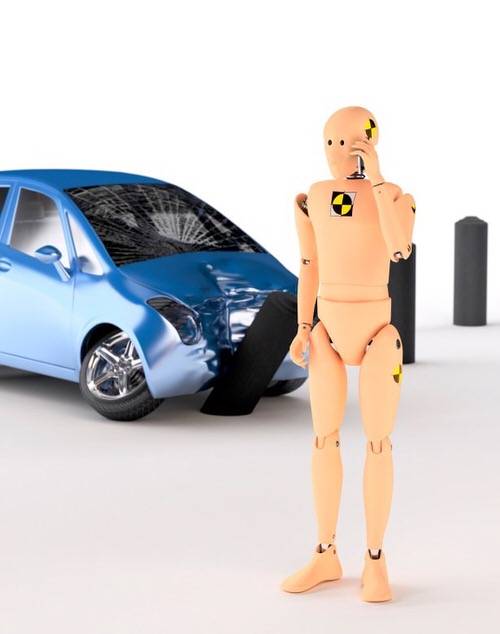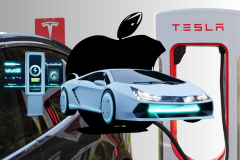Your grandad’s safety testing methods are just not up to snuff for the complex demands of autonomous vehicles, says a new research report. And neither are his old-timey rigid regulatory frameworks for that matter.
A research report by RAND Corporation found that autonomous vehicles are creating a whole new set of demands on safety testing regimes, and existing safety methods just are not enough to keep up.
“At least for fatalities and injuries, test-driving alone cannot provide sufficient evidence for demonstrating autonomous vehicle safety,” said the report. “Developers of this technology and third-party testers will need to develop innovative methods of demonstrating safety and reliability.”
The authors of the report “Driving to Safety” sought to find out just how many miles of driving would be needed to demonstrate the reliability of self-driving cars. In order to statistically prove that autonomous vehicles were safe in terms of fatalities and injuries, the report determined that these cars would need to be driven for hundreds of millions of miles, and that would take many decades or even centuries.
Even if such impractical testing regimes were undertaken, it would not completely eliminate the uncertainty in such tests anyway. And so the report concludes that an entirely new approach to safety testing is needed for autonomous vehicles.
RAND: We can’t drive our way to safety
“Our findings demonstrate that developers of this technology and third-party testers cannot simply drive their way to safety,” said the report. “Instead, they will need to develop innovative methods of demonstrating safety and reliability.”
Alongside the necessity for entirely new safety testing methods for autonomous vehicles, the report concluded that new approaches to regulation for this emerging technology are needed as well.
“In parallel to developing new testing methods, it is imperative to develop adaptive regulations,” said the report.
It added that these regulations must be “designed from the outset to evolve with the technology so that society can better harness the benefits and manage the risks of these rapidly evolving and potentially transformative technologies.”










